Written by Debbie on May 22, 2015 |
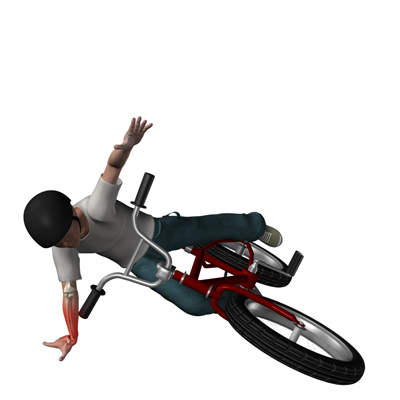
It may happen while snowboarding or skateboarding. It can also just randomly occur while walking through a parking lot or in your own home. All of a sudden, you find yourself on the ground. It happens so unexpectedly. This is a FOOSH, an acronym which stands for “fall on outstretched hand”. This type of upper limb injury occurs when you try and break a fall with your outstretched hand.
Continue Reading »
Written by Debbie on May 13, 2015 |

Now that we’ve introduced RSI, and the importance of seeking medical care, let’s discuss what you can do to prevent and minimize the risk of this all too common injury. There is a lot of literature out there but here are a few principles to think about:
Continue Reading »
Written by Debbie on May 7, 2015 |
 An RSI (Repetitive Stress Injury) occurs when stress is placed on a joint, pulling on the tendons and muscles around the joint. When the stress occurs repeatedly, the body does not have time to recover and becomes irritated. The body reacts to the irritation by increasing the amount of fluid in that area to reduce the stress placed on the tendon or muscle. If not treated, it can lead to injuries to the soft tissues, tendons/muscles, and nerves.
An RSI (Repetitive Stress Injury) occurs when stress is placed on a joint, pulling on the tendons and muscles around the joint. When the stress occurs repeatedly, the body does not have time to recover and becomes irritated. The body reacts to the irritation by increasing the amount of fluid in that area to reduce the stress placed on the tendon or muscle. If not treated, it can lead to injuries to the soft tissues, tendons/muscles, and nerves.
Continue Reading »
Written by Debbie on April 23, 2015 |
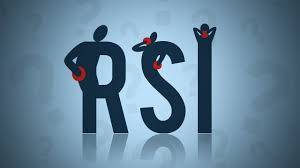
We use our hands to eat, work, and play. They are extremely intricately designed instruments of flexibility, creativity and productivity. BUT, when they are damaged, we are anguished. Life is altered dramatically in ways we do not expect, and the road to healing and recovery is humbling.
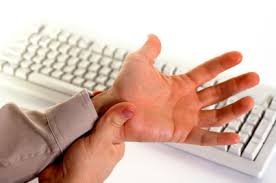 As a certified hand therapist, I hear this story often. It may be a little ache, pain in their elbow, forearm, maybe their wrist, or even just one finger. They ignore it, thinking it subside on its own. Over time, it becomes more nagging, and may affect how long they can type on a keyboard or use a mouse. It is insidious and reaches a point where they realize it is not going away. This may lead to an injury called RSI.
As a certified hand therapist, I hear this story often. It may be a little ache, pain in their elbow, forearm, maybe their wrist, or even just one finger. They ignore it, thinking it subside on its own. Over time, it becomes more nagging, and may affect how long they can type on a keyboard or use a mouse. It is insidious and reaches a point where they realize it is not going away. This may lead to an injury called RSI.
Continue Reading »
Written by Kat on April 16, 2015 |
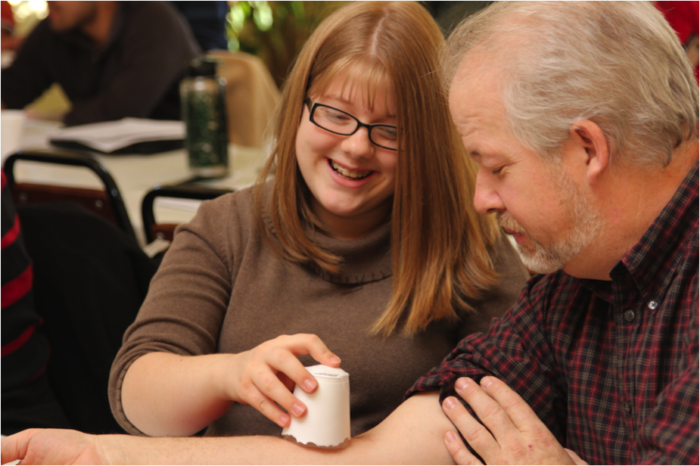
Ice massage is a superficial cooling technique that serves to provide an analgesic effect. It is used to decrease pain, swelling and inflammation. Though preferred in acute injuries, such as, ligament sprains, muscle strains, joint subluxations and dislocations, bruises and fractures, ice massage may be also be applied to chronic injuries such as back pain and tendonitis.
Continue Reading »
Written by Kat on March 13, 2015 |
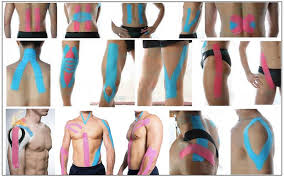
Kinesiology tape, often referred to as Kinesio Tape or KT, is a comfortable, lightweight and flexible adhesive tape that may be applied to joints, muscles, ligaments, and tendons in order to normalize muscle tone, decrease pain and inflammation, and increase range of motion, circulation, and lymph transport.
Continue Reading »
Written by Carol on March 4, 2015 |
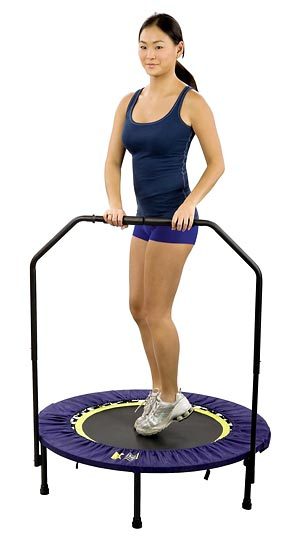
Here at ProActive we do not subscribe to a “no pain, no gain” philosophy when it comes to exercise. Exercise should be fun and more importantly, no one method is right for everyone. One of our favorite pieces of rehab equipment at ProActive is our rebounder. We use it for throwing programs, balance training, and return to running programs. But, it can also be used at home as an exercise method. In order to help astronauts returning from space, NASA did a study on reconditioning exercise. Here are some of the potential benefits when compared to treadmill training.
Continue Reading »
Written by Jon on January 14, 2015 |
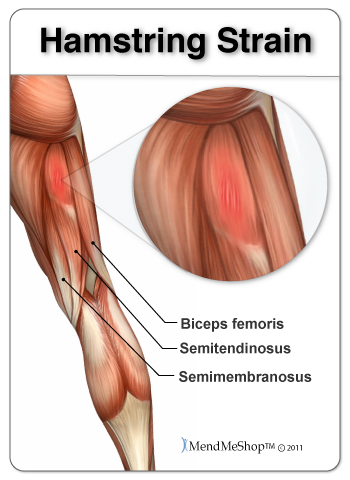
Hamstring injuries are one of the most common injuries in sports, exercise, and recreational activities. There are many reasons that these injuries occur, including: muscle weakness, muscle tightness, pelvic rotation, etc.) As a result, hamstring injuries can also be very difficult to treat and recover from because they can often get re-aggravated. How can you reduce your risk?
Continue Reading »
Written by Bill on November 14, 2014 |
Physical Therapy Intervention to Provide For Safe Return To Activity
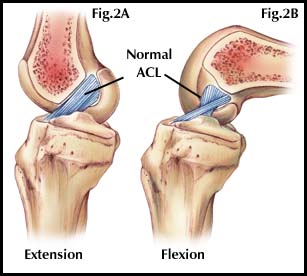 As discussed in the previous article on this topic, ACL injury is a very common and debilitating condition. ACL injuries are four to six times more common in female athletes competing in the same sports activities as males. Treatment of ACL injuries can be costly from an economic standpoint – conservative estimates for a single episode of surgery and post-operative treatment range between $17,000-25,000 – as well as have other significant detrimental long-term effects, including decreased academic performance and a 105 times greater risk for radiographically diagnosed osteoarthritis.
As discussed in the previous article on this topic, ACL injury is a very common and debilitating condition. ACL injuries are four to six times more common in female athletes competing in the same sports activities as males. Treatment of ACL injuries can be costly from an economic standpoint – conservative estimates for a single episode of surgery and post-operative treatment range between $17,000-25,000 – as well as have other significant detrimental long-term effects, including decreased academic performance and a 105 times greater risk for radiographically diagnosed osteoarthritis.
Continue Reading »
Written by Bill on November 5, 2014 |
This is part 1 of a 2 part series.
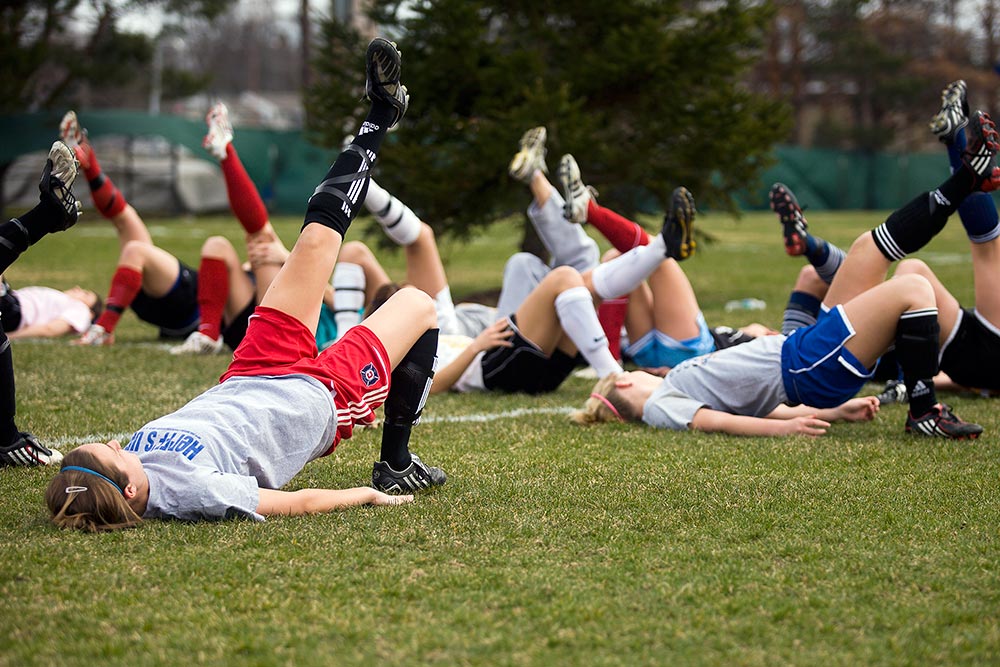
Anterior Cruciate Ligament (ACL) injury is a very common and extremely debilitating injury occurring in both male and female athletes. Unfortunately, due to various factors, female athletes are much more likely to suffer injury to the ACL. Studies suggest that female athletes are four to six times more likely to injure their ACL than male counterparts taking part in similar activities. Various theories exist as to why females are at greater risk, including non-modifiable (e.g., wider bony pelvic anatomy, hormonal factors) and modifiable risk factors.
Continue Reading »




 An RSI (Repetitive Stress Injury) occurs when stress is placed on a joint, pulling on the tendons and muscles around the joint. When the stress occurs repeatedly, the body does not have time to recover and becomes irritated. The body reacts to the irritation by increasing the amount of fluid in that area to reduce the stress placed on the tendon or muscle. If not treated, it can lead to injuries to the soft tissues, tendons/muscles, and nerves.
An RSI (Repetitive Stress Injury) occurs when stress is placed on a joint, pulling on the tendons and muscles around the joint. When the stress occurs repeatedly, the body does not have time to recover and becomes irritated. The body reacts to the irritation by increasing the amount of fluid in that area to reduce the stress placed on the tendon or muscle. If not treated, it can lead to injuries to the soft tissues, tendons/muscles, and nerves.
 As a certified hand therapist, I hear this story often. It may be a little ache, pain in their elbow, forearm, maybe their wrist, or even just one finger. They ignore it, thinking it subside on its own. Over time, it becomes more nagging, and may affect how long they can type on a keyboard or use a mouse. It is insidious and reaches a point where they realize it is not going away. This may lead to an injury called RSI.
As a certified hand therapist, I hear this story often. It may be a little ache, pain in their elbow, forearm, maybe their wrist, or even just one finger. They ignore it, thinking it subside on its own. Over time, it becomes more nagging, and may affect how long they can type on a keyboard or use a mouse. It is insidious and reaches a point where they realize it is not going away. This may lead to an injury called RSI.



 As discussed in the
As discussed in the 